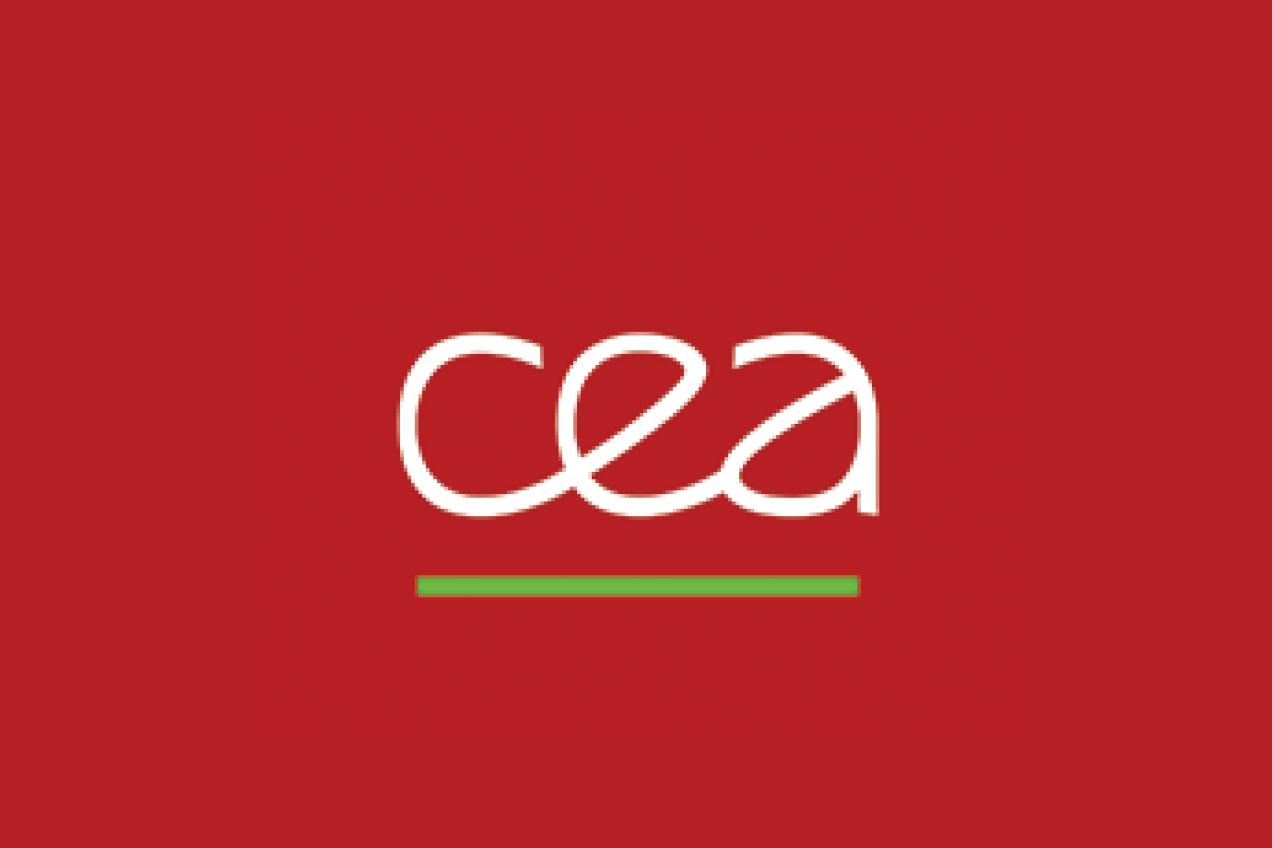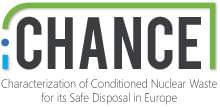CEA
Commissariat à l'énergie atomique et aux énergies alternatives

Description of the organization and its main tasks
The French Alternative Energies and Atomic Energy Commission (CEA) is a key player in research, development and innovation in four main areas:
- defense and security,
- nuclear energy (fission and fusion),
- technological research for industry,
- Fundamental research in the physical sciences and life sciences.
Drawing on its widely acknowledged expertise, the CEA actively participates in collaborative projects with a large number of academic and industrial partners.
The CEA is established in ten centers spread throughout France. It works in partnership with many other research bodies, local authorities and universities. Within this context, the CEA is a stakeholder in a series of national alliances set up to coordinate French research in energy (ANCRE), life sciences and health (AVIESAN), digital science and technology (ALLISTENE), environmental sciences (AllEnvi) and human and social sciences (ATHENA).
For CHANCE, two CEA laboratories will be involved :
The Nuclear Measurement Laboratory (French acronym LMN) of CEA Nuclear Energy Division is located in Cadarache, which is one of the most important Research Centre about energy in Europe. LMN is specialized in the design by numerical simulation, development, and experimental qualification of nonintrusive nuclear measurement methods (high energy X-ray imaging, gamma-ray spectroscopy, passive and active neutron measurements, neutron or photon activation analysis) and their applications in the field of nuclear energy (uranium mining, fuel fabrication and reprocessing, radioactive waste and nuclear material characterization, dismantling and decommissioning, severe accident studies…) and homeland security (detection of explosives, illicit drugs, chemical warfare…).
The laboratory of interactions and processes studies on coolants (French acronym LIPC) of CEA Nuclear Energy Division is also located in Cadarache. The LIPC has developed a wide experience in fusion research support and more precisely in tritium behaviour and management. The skills developed vary from radiochemical analyses of most radionuclides and Tritium in different kind of matrix (housekeeping, oil, metallic, graphite, concrete, even containing beryllium) to process development such as detritiation or dechloration processes (e.g. for waste) or optimized process for tritium recovering.
Role, responsibilities and activities within the Project
CEA will contribute to:
- WP 2 (Methodology for pre-conditioned radioactive waste characterization) acting as task leader for task 2.
- WP 3 (Calorimetry associated with non-destructive assay (NDA) technics and uncertainties study) acting as task leader for task 2 and performing experimental programs and exploitation of the results
- WP5 (Innovative gas and outgassing analysis and monitoring) acting as task leader for task 5.1 and performing the development of H36Cl measurement with CRDS technics
Contact persons
For WP2 : Lionel BOUCHER : lionel [dot] boucher [at] cea [dot] fr
For WP3 : Cédric CARASCO : cedric [dot] caracsco [at] cea [dot] fr
For WP5 : Pierre TRABUC : pierre [dot] trabuc [at] cea [dot] fr
